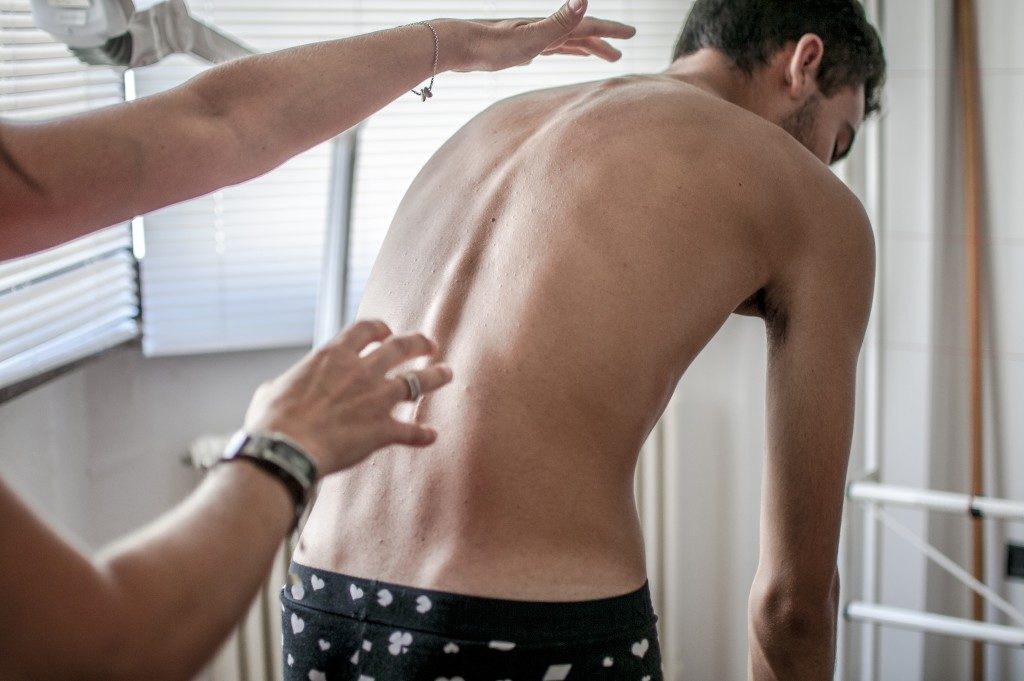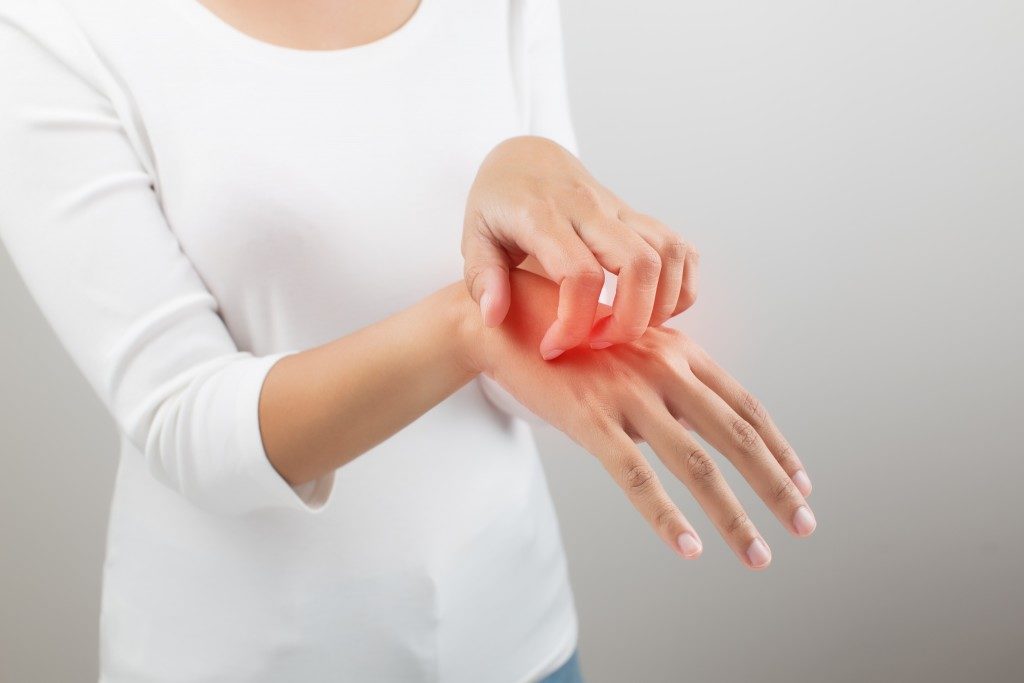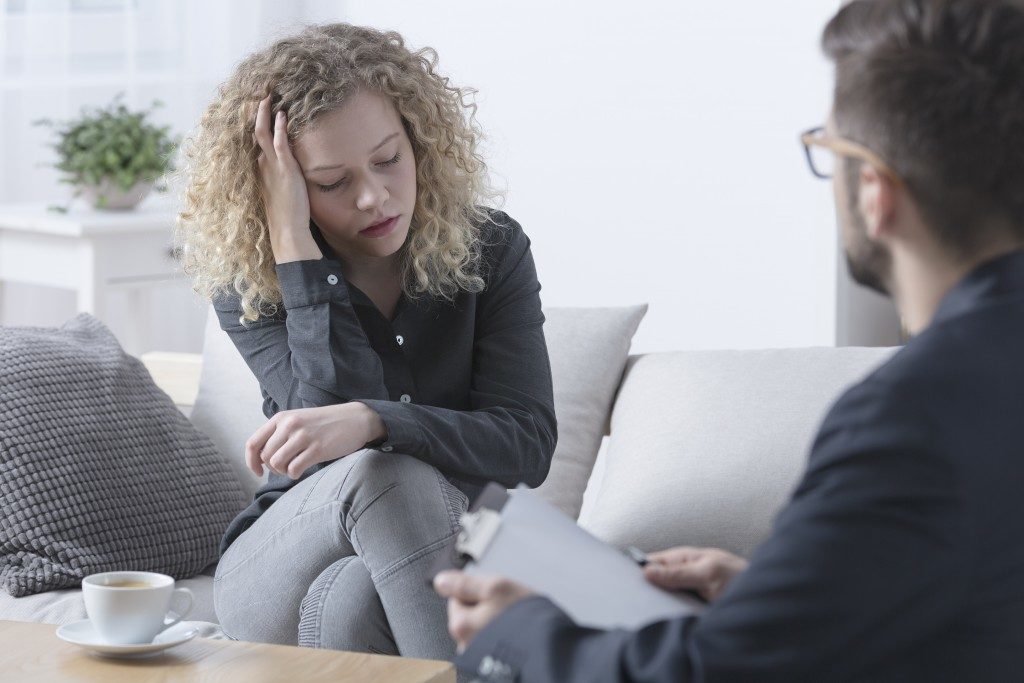Have you been experiencing trouble sitting or standing straight? Or, something does not look right when you look at the mirror? You may be noticing symptoms of scoliosis, which is a deformity that causes an abnormal curve in the spine, making it look unbalanced.
Scoliosis can affect both children and adults, with symptoms varying from person to person. For children, noticeable signs include:
- Arms not hanging down straight to the body
- Pushed out ribs
- Head not centered with the body
- Two sides of the back not aligned when bending forward
- Shoulders at different heights
Meanwhile, the symptoms for adult scoliosis may have developed from adolescence or due to aging and wear in the bones. One of the most common sign is back pain (not from scoliosis per se, but from possible bone damage, putting pressure on nerves and causing numbness). Other signs include:
- Hard time walking and standing straight
- Feeling frequently tired
- Feeling pain or numbness in the legs
- Shoulders and hips not balanced or uneven
Fortunately, there are many ways to get back pain relief, and one is through chiropractic methods in Lehi. Spinal rehabilitation and therapy can put you at ease and give you the relief you need for your particular condition.
Aside from following the advice of your doctor and undergoing therapy for scoliosis, one more thing you should do is to exercise to promote symmetry in your posture. Your doctor may provide you with a personalized exercise routine. But here are some exercises you can easily follow at home, keeping in mind the proper forms and techniques, of course.
Single Leg Balance
Facing a mirror, balance on one foot and bend one knee up. You may use your hands for support. When balancing becomes easier, put your hands to the side and bring your arms to your chest while maintaining balance. Attempt this for each leg and hold each pose for 10 to 20 seconds.
Cat-Camel
On your hands and knees, maintain abdominals with your head straight. Take a deep breath and lift your lower ribcage upwards. Keep the neck relaxed and round your back. Breathe out and lower your chest. Assume the beginning position again.
Pelvic Tilts

Lie on your back with your knees bent and your feet flat. Flatten your back by tightening your stomach and buttocks. Hold this position for 5 seconds while maintaining regular breathing.
In addition to these exercises, it is important to practice good posture and core strength so that your spine will be stronger and more stable. Poor posture can weaken and stress the muscles, leading to pain. Core exercises, meanwhile, strengthen the muscles in the abdominal area, back, and pelvis.
Scoliosis has long-term effects when not managed properly. By maintaining good posture, doing regular exercises, and undergoing rehabilitation therapy, you can keep your back and muscles stronger. With all things said and done, your back condition can be a good jumpstart to leading a healthier lifestyle and maybe even a better one. Do not forget to sit up straight!



